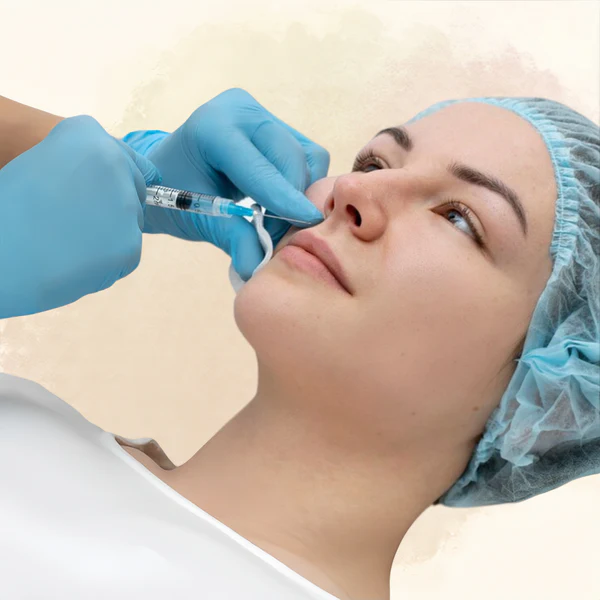Does Finasteride Stop Hair Loss Permanently?
- Huda Batool
- Mar 11
- 4 min read
Hair loss is a common concern for millions of people worldwide, affecting both men and women. Whether due to genetics, hormonal imbalances, or lifestyle factors, losing hair can significantly impact confidence and self-esteem. Fortunately, modern medical advancements have provided effective solutions to combat hair loss, one of the most popular being Finasteride. But does Finasteride stop hair loss permanently? In this article, we will explore the effectiveness of Finasteride Dubai how it works, and whether it provides a long-term solution for hair loss.
Understanding Hair Loss and Finasteride
Before diving into the effectiveness of Finasteride, it is essential to understand the primary cause of hair loss. One of the leading causes is androgenetic alopecia, also known as male pattern baldness (MPB). This condition is primarily influenced by the hormone dihydrotestosterone (DHT), a byproduct of testosterone. DHT binds to hair follicles, causing them to shrink over time, leading to weaker and thinner hair until the follicle stops producing hair altogether.
Finasteride is a medication designed to combat hair loss by inhibiting the enzyme 5-alpha-reductase, which is responsible for converting testosterone into DHT. By reducing DHT levels in the scalp, Finasteride helps slow down hair loss and, in many cases, promotes hair regrowth. It is commonly prescribed in a 1mg daily dose for treating male pattern baldness.

Can Finasteride Permanently Stop Hair Loss?
The effectiveness of Finasteride in preventing hair loss is well-documented. Numerous clinical studies have shown that it significantly reduces hair shedding and promotes hair regrowth in men experiencing androgenetic alopecia. However, its effects are only maintained as long as the treatment continues.
While Finasteride can dramatically slow down hair loss and even restore lost hair, it does not provide a permanent cure. If an individual stops taking Finasteride, DHT production resumes, leading to the continuation of hair thinning and loss. Studies indicate that within six to twelve months of discontinuing the medication, the benefits achieved with Finasteride begin to reverse.
The Long-Term Benefits of Finasteride
Despite not being a permanent solution, Finasteride provides numerous long-term benefits for individuals struggling with hair loss. Some of the advantages include:
Slows Hair Loss Progression: By significantly lowering DHT levels, Finasteride helps maintain existing hair and prevents further thinning.
Encourages Hair Regrowth: Many users experience noticeable hair regrowth, especially in the crown area of the scalp.
Improves Hair Thickness and Density: The medication strengthens existing hair, making it appear fuller and healthier.
Non-Invasive Solution: Unlike hair transplant surgery, Finasteride is a simple, non-surgical treatment that can be easily incorporated into a daily routine.
How Long Should You Take Finasteride?
For optimal results, Finasteride should be taken continuously. Since it does not permanently stop hair loss, most dermatologists and hair specialists recommend using the medication for the long term. Users typically start seeing noticeable improvements after three to six months, with maximum results appearing after a year or more of consistent use.
Stopping Finasteride will allow DHT to resume its damaging effects on hair follicles, leading to renewed hair loss. Therefore, individuals who want to maintain their hair should consider using Finasteride indefinitely under medical supervision.
Are There Any Side Effects?
Finasteride is generally well-tolerated, but like any medication, it may have potential side effects. The most commonly reported side effects include:
Decreased libido
Erectile dysfunction
Mood changes
Mild dizziness
Increased breast tenderness
It is important to note that these side effects are relatively rare and often subside over time. If any adverse effects persist, consulting a healthcare professional is advised. Many individuals who use Finasteride experience no significant side effects and enjoy its benefits for years.
Combining Finasteride with Other Hair Loss Treatments
To enhance hair restoration results, many individuals choose to combine Finasteride with other hair loss treatments. Some popular options include:
Minoxidil: A topical solution or foam that stimulates hair growth and improves blood flow to the scalp.
Biotin Supplements: Strengthens hair and promotes overall scalp health.
PRP Therapy (Platelet-Rich Plasma): A treatment that involves injecting the patient’s plasma into the scalp to stimulate hair growth.
Hair Transplant Surgery: For those with advanced hair loss, a surgical procedure can provide permanent restoration.
By combining Finasteride with complementary treatments, users can maximize their hair restoration results and maintain healthier hair over time.
Who Can Benefit from Finasteride?
Finasteride is primarily prescribed for men experiencing male pattern baldness. Women of childbearing age are generally advised against using Finasteride due to potential risks to fetal development. However, in some cases, postmenopausal women with androgenetic alopecia may be prescribed Finasteride under medical supervision.
Men in the early stages of hair loss benefit the most from Finasteride, as the medication works best in preserving existing hair rather than restoring completely bald areas. The sooner treatment begins, the better the chances of maintaining a full head of hair.
Conclusion: A Powerful Long-Term Solution
While Finasteride for Hair Loss in Dubai does not stop hair loss permanently, it is one of the most effective treatments available for slowing hair loss and promoting regrowth. As long as users continue taking the medication, they can maintain their results and enjoy a fuller, healthier head of hair.








Comments